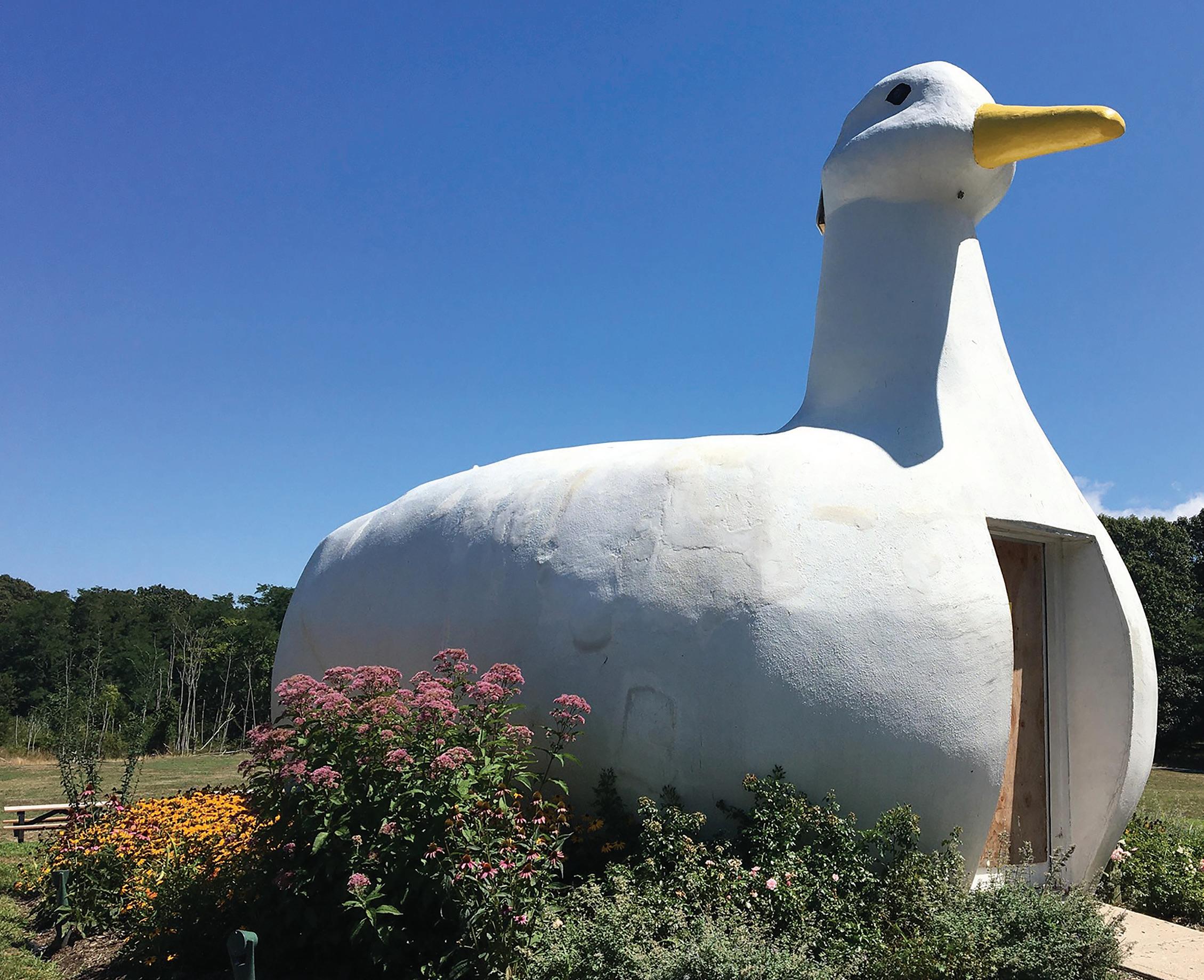
8 minute read
The rise of pet adoptions
The Rise of
PET ADOPTIONS
Advertisement
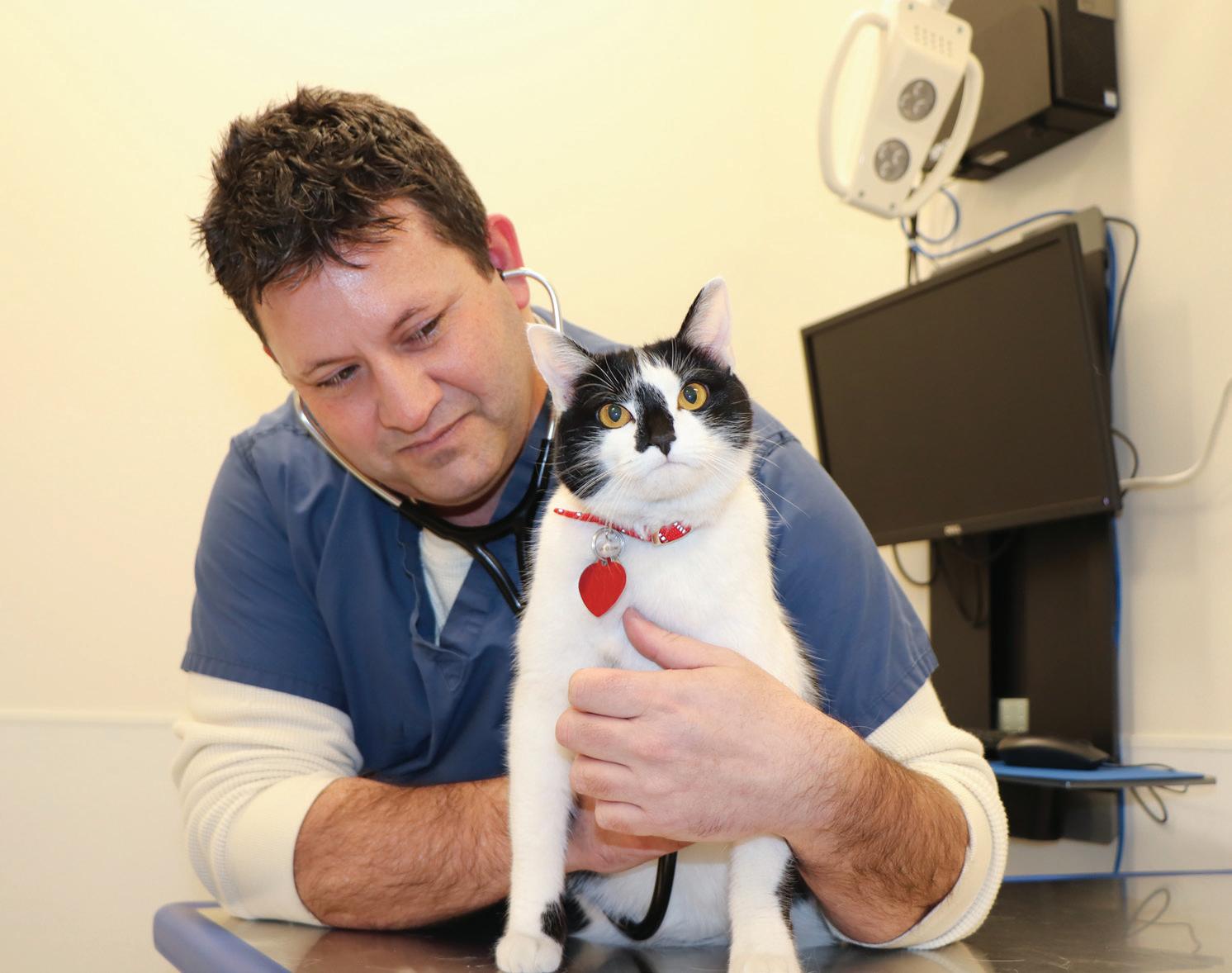
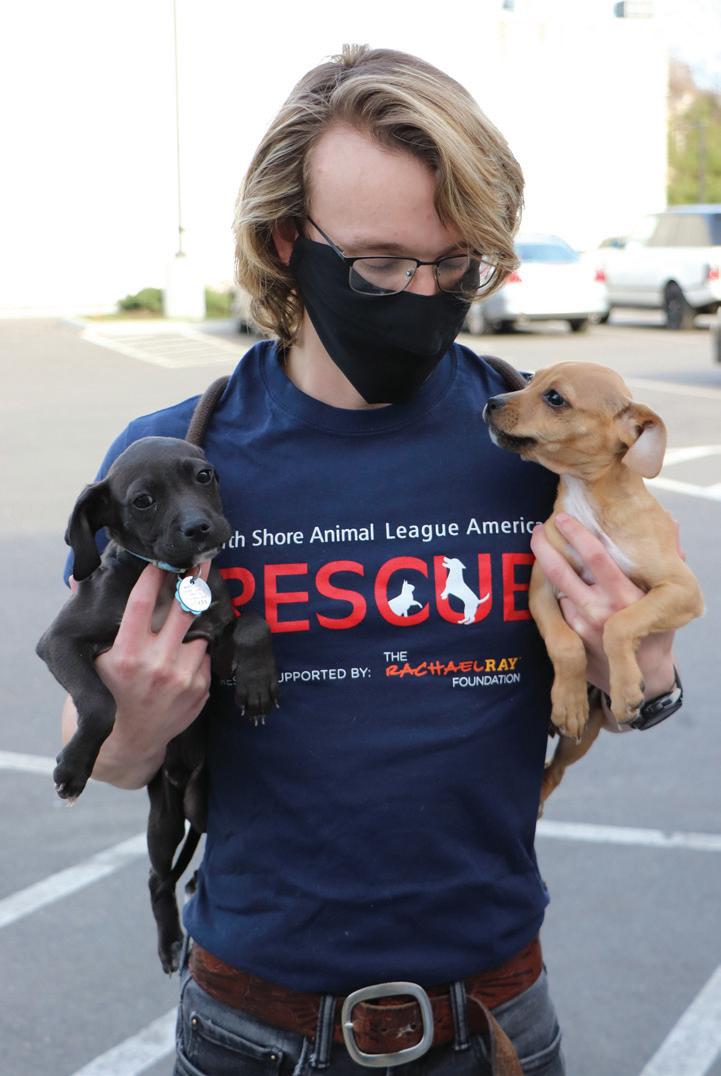
“The demand for canines is very high, so we are still taking appointments for that as well,” Johnson said.
BY ABIGAIL CARMONA
The Covid-19 pandemic has altered the lives of so many, even our furry friends. With hundreds of thousands of people stuck at home during Covid-19 quarantines, pet adoptions at North Shore Animal League in Port Washington have surged. “We saw an increase of people wanting to donate and wanting to adopt”, said Diane Johnson, NSAL’s vice president of shelter operations. “The pandemic has brought to light that there’s more important things than money or traveling. People are opening their homes to having a pet, and it reduces your stress levels, blood pressure, and provides people who live alone comfort.” Pet adoptions at North Shore Animal League rose so quickly over the past year that the shelter had to start taking adoptions by appointments to limit the number of families in the facility and maintain social distancing, especially for its canine unit. The pandemic has undoubtedly taken its toll on people’s mental health. With the stress of social isolation, many have turned to pet adoption as a form of therapy. “I’ve always been into rescuing pets and adoption,” said Maddy Carlin, of Glen Cove, who adopted her second dog, Nacho, during the pandemic. Carlin said she was home every day at the start of the pandemic so she said she had time to train Nacho. “Adopting a second pet relieved the stress and helped me get out of that dark space I was in caused by the pandemic,” she said. “It was therapeutic for me.”
Pet adoption has been a source of emotional support for so many during the pandemic. “Mental health conditions have been on the rise, and with the pandemic even more so,” said Stephanie Iaccarino, Hofstra University’s student accesses services intake and accommodations manager. “There has been a wide range of losses, whether it be loved ones or sources of income. People are looking for support and comfort.”
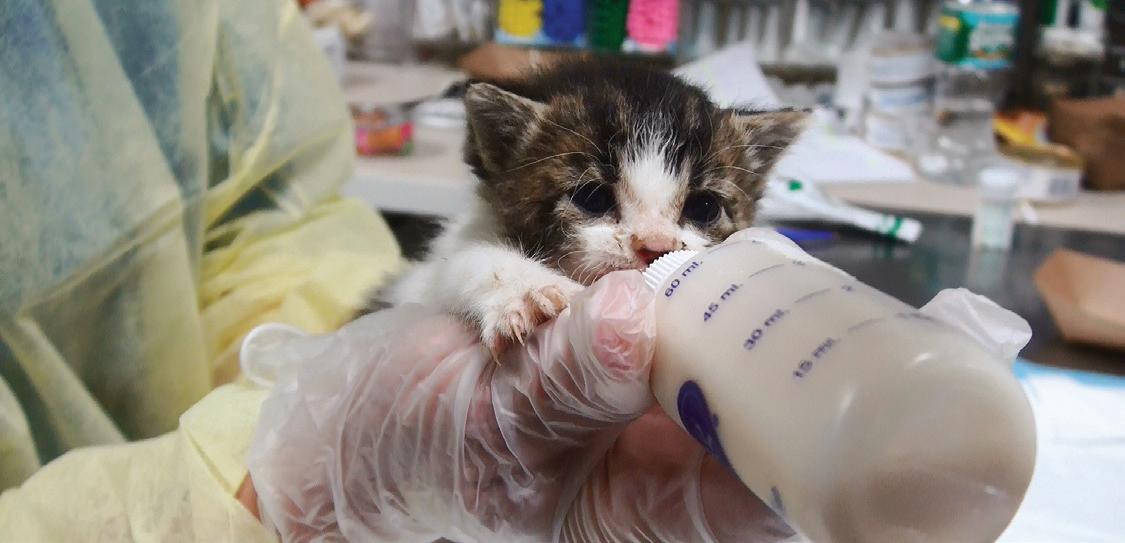
Staff and volunteers work with the animals at North Shore Animal League America. Photos courtesy of NSAL.
THERE’S STILL HOPE FOR LONG ISLAND TOURISM
On Long Island, the tourism industry faced unprecedented challenges throughout 2020 and the start of 2021, but many business owners’ resilience and optimism have kept the industry alive.
BY CLAIRE BLAHA
Harmony Vineyards in St. James,
in Suffolk County, shut down a full three weeks before it was required to back in February 2020. After consulting with a physician and close friend, Harmony Vineyards owner David Acker said he thought it was best to close for the safety of guests.
“We have a very high regard for public safety and public health,” he said.
Moving forward, safety will be a significant factor in the survival and success of Long Island tourism. With travel restrictions and stay-at-home orders instituted during the coronavirus pandemic, the industry has suffered over the past year on Long Island. Those in the industry are cautious, yet hopeful, that even as the coronavirus persists, people will come back feeling safe while visiting their favorite vacation spots. Discover Long Island is a non-profit organization tasked with promoting tourist attractions in Nassau and Suffolk counties and stimulating economic growth with online content. “The overall mission is to ensure Long Island’s coveted quality of life, thriving industries, and dynamic destination offerings are promoted on a global and national level, furthering economic development and spurring visitation to this world-class destination,” said Brianna McEnroe, the social media and communications manager for the organization. Despite it being such a dynamic industry, McEnroe had to acknowledge that the losses incurred by tourism because of the pandemic were drastic.
“The Long Island tourism industry was a $6.3 billion dollar industry, impacted nearly 100,000 jobs and generated $740 million in local and state tax revenues in 2019,” McEnroe said. “We have not received the numbers for 2020 just yet, but with job losses topping 80,000, recovery is expected to take years.” Those record-breaking numbers for 2019 were overshadowed by the devastation of an economic shutdown the following year. Nationally, the U.S. Travel Association es-
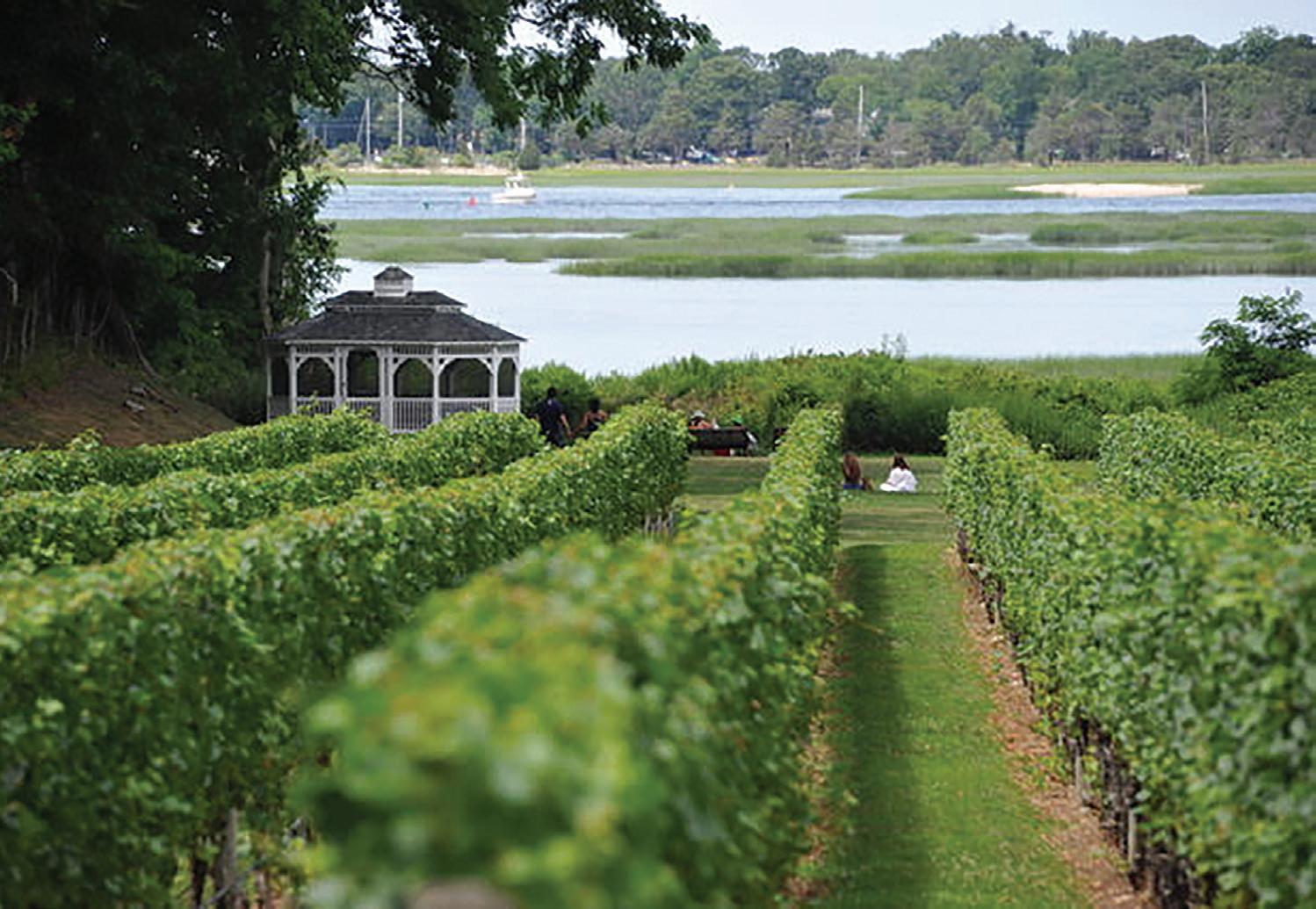
In 2002, Acker planted two vineyard blocks on land once owned by the Smythes, the founders of Smithtown, N.Y., after buying the family mansion built in 1710. Photo provided by David Acker.
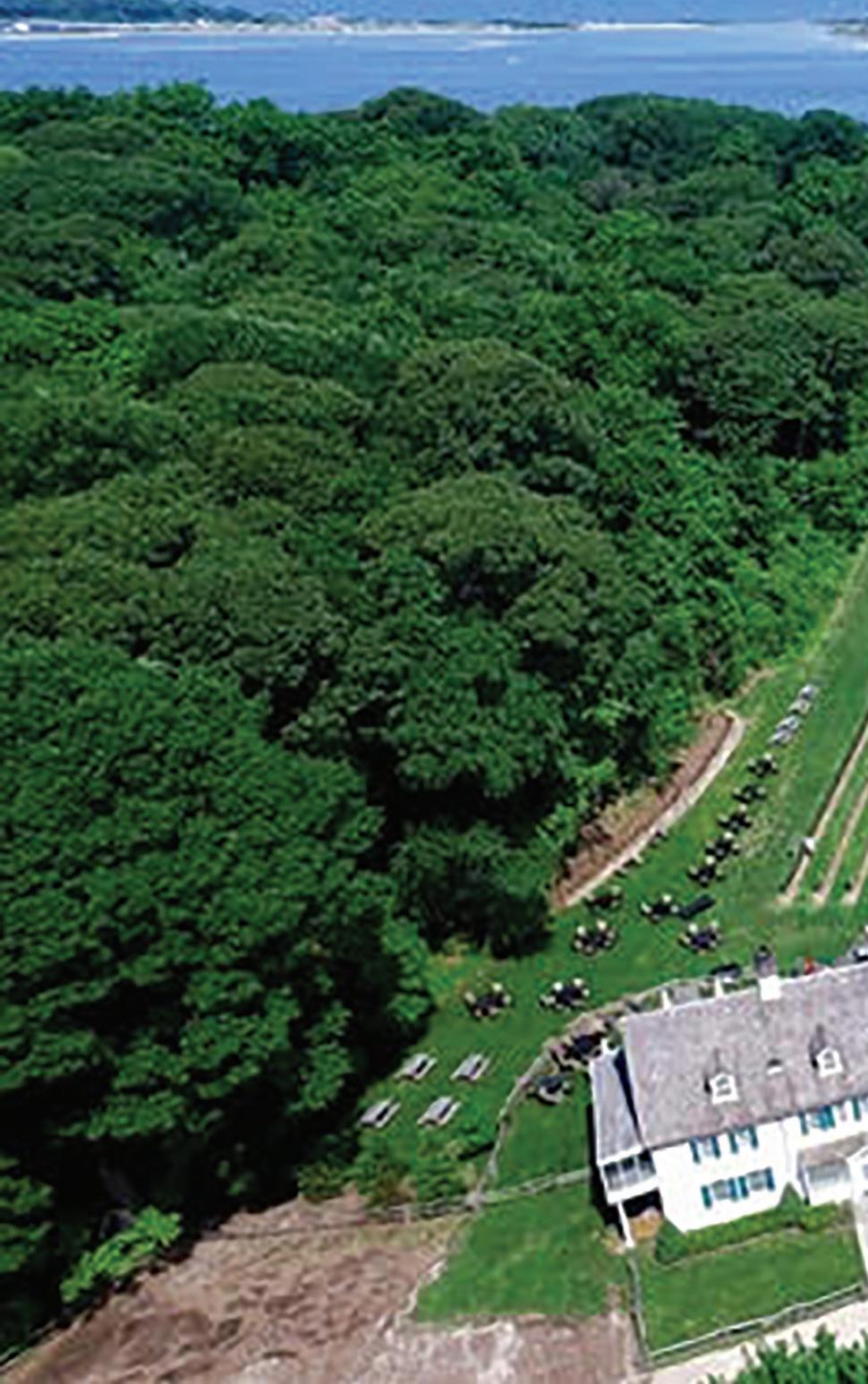
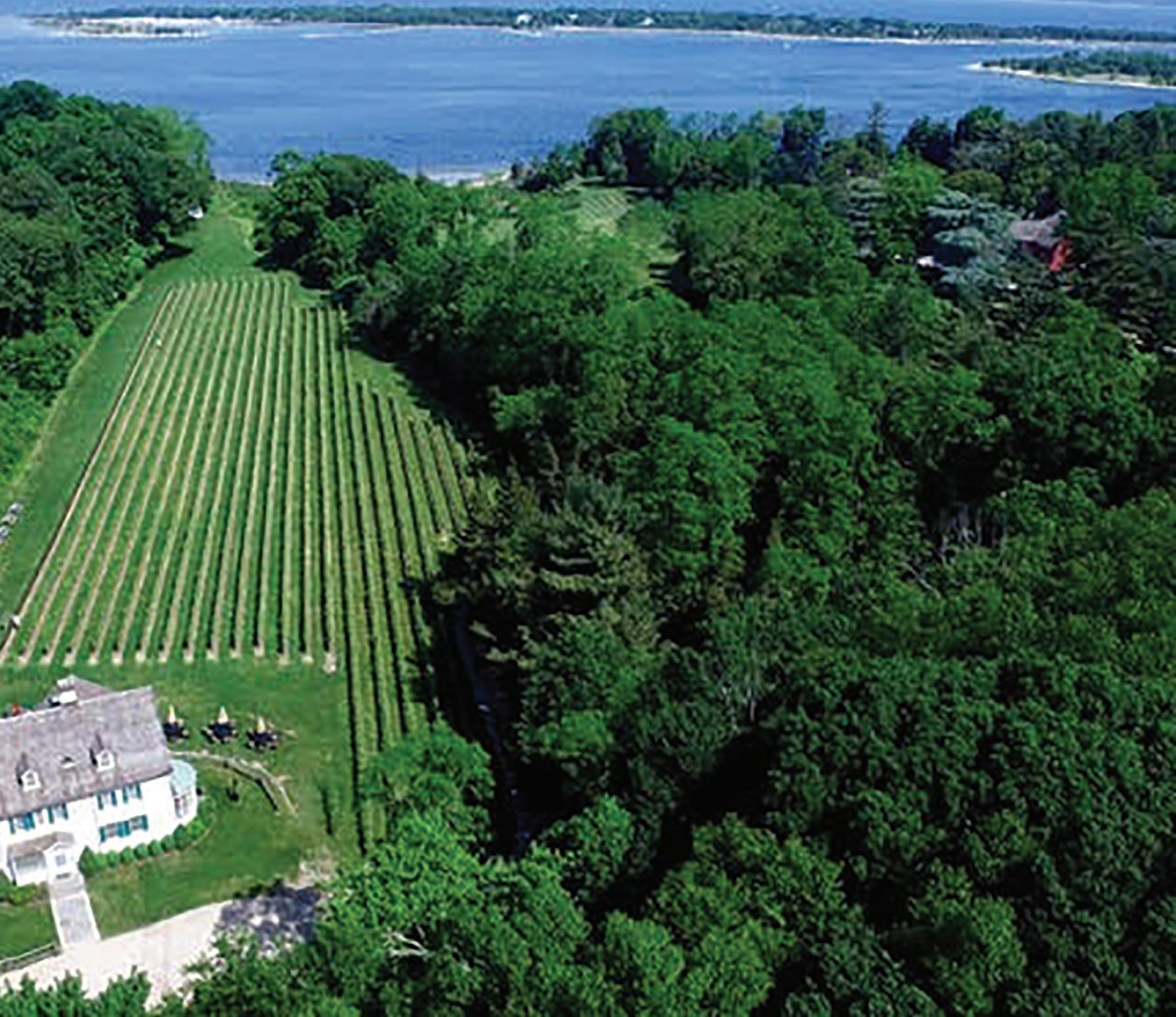
timated that a total of $505 billion was lost in the travel industry by the end of 2020. Since many people still do not feel comfortable traveling, business strategies have been altered for cautious and more local audiences.
“According to research reports, over 420,000 New York City residents had vacated the city and relocated to Long Island suburbs in 2020,” McEnroe said.
The shift from international and national to local has pushed the tourism industry to operate on a more personal level. “This has given us the opportunity to build an emotional connection with our local community, boost local pride, and encourage them to stay local and discover all the incredible assets Long Island has to offer,” she said. Focusing on the local community and drawing attention to safe, and often outdoor, activities helped the industry to bounce back from the losses experienced by hotels, museums and other historical sites.
When Harmony Vineyards was permitted to reopen, it conducted business entirely outside. “We had to sterilize the tables between guests, and we had to restrict guests from
Harmony Vineyards, in St. James, N.Y., owned by David Acker, moved all of its operations outside to accommodate guests last summer during the Covid-19 pandemic. Photo provided by David Acker.
Because of changing business strategies and social-distancing guidelines, everyone is trying to find the best ways to still enjoy Long Island safely and comfortably. Bucket List-Long Island, a website that publicizes events, places and restaurants on the Island, has changed its content to fit this new niche.
changing tables once they were seated,” Acker said. “We required all of our guests to come in with masks, and when they were away from their tables to wear the masks.” With 260 seats set up outside — and about six or seven acres open for guests to roam when seats are full — Acker kept his business running, while ensuring that guests were safe and socially distant. He even restricted access to the tasting room, a historical mansion built in 1710. And because it only had fireplaces and radiators for heating and a lack of healthy air exchange in the building, “Since Covid started, I have had to shift from ‘events’ to ‘places to see,’ like beautiful sceneries around Long Island,” said Marco Iannelli, the website’s creator. “We all need things to do, and we’re lucky Long Island has a lot of outdoor things to offer.” With its array of beaches, lighthouses and historic structures, Long Island has many sights to see. From the car window, the Big Duck can be seen in Flanders, in the Town of Southampton, and it’s enough to make people pull over. “It was specifically built to attract people to the duck industry,” said Ruth Pollock. As the great-great-grandniece of the Big Duck
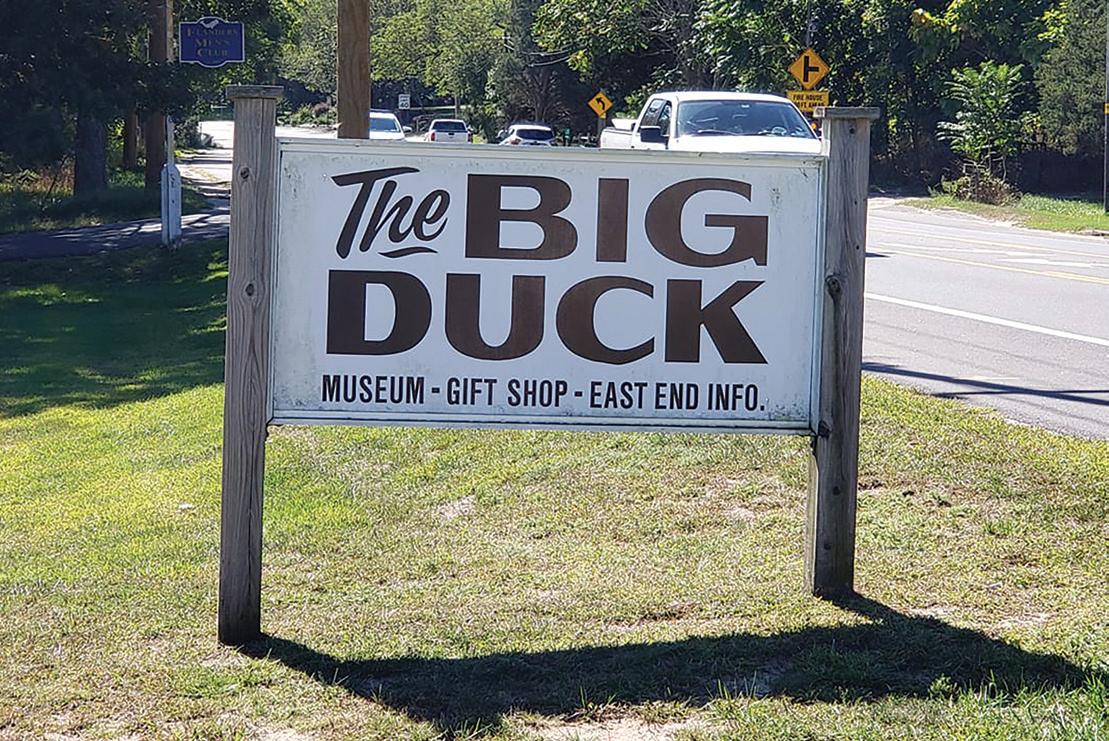
Not only can you go inside the Big Duck to see how it was built, you can also visit the gift shop and museum, which provides information on the architect, George Alexander Reeve, who built the duck and sells Big Duck themed magnets and key chains Photo provided by Louis Grimaldi from the Friends of the Big Duck Facebook group.
architect, George Alexander Reeve, Pollack shares the story behind and the importance of the Big Duck, which was built on a duck farm in 1931 and was made out of wood, chicken wire and plaster. “It was built so when people drove out here, and visited out here, and vacationed out here, they knew there was something going on over there,” she said.
Even the Big Duck, however, has seen the effects of Covid-19 over the past year. Every year, around Christmas, people gathered around the Big Duck and had a massive duck-lighting ceremony. “This year we didn’t have that, but hopefully, in the near [future], we’ll have that again,” Pollack said.
Pollack said she believes the Big Duck will make it through the coronavirus pandemic. “It’s been through a depression, it’s been through a bunch of wars, it’s been through many economic times,” she said. “We are going through a difficult economic and health crisis, but we’ll get through this, like everything else.” In 2031, the Big Duck will celebrate its 100th anniversary, proving its ability to withstand the test of time.
As new Covid-19 cases drop and vacations increase, many Long Island business owners said they are feeling hopeful about the coming months. “As our state guidelines have been lifting, more businesses are beginning to open and adapt to this new world we live in,” McEnroe said.
Discover Long Island and the businesses themselves are working to embrace a future that is still affected by Covid-19 and show just how resilient they are. It will be an adjustment period for many who are involved in tourism. “As events and things to do change due to laws and policies, the content and events promoted will naturally shift with the times,” Iannelli said. Through Bucket ListLong Island, he said he hopes to continue to inform the public about the events that the Island offers as the world returns to a recognizable normalcy. Acker, of Harmony Vineyards, still worries about the safety of his employees and guests, especially with new variants of the coronavirus popping up. “I think we’re all going to be on guard and nervous for a long time to come,” he said. “It’s obviously an eye-opening experience to go through.”
The Big Duck has been relocated many times since it was constructed in 1931. It now permanently rests in Flanders and is looked after by the Suffolk County Parks system. Photo provided by Evan A. Kirshen in the Friends of the Big Duck Facebook Group.
